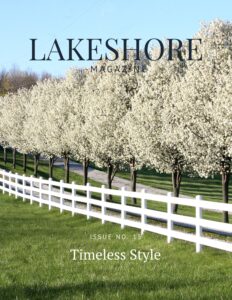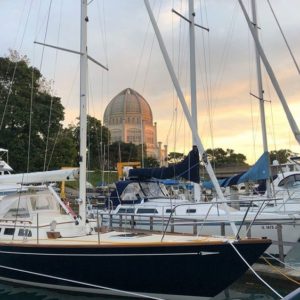On a secluded stretch of Lake Michigan beachfront, a short distance from the buzzing traffic of Lakeshore Drive, a magical hedge attracts birds from all over the Earth. Of course, there’s no magic involved. It’s simple geography that brings feathered visitors from faraway places during the spring and fall migration seasons. The Great Lakes are a natural attraction and global landmark for hundreds of varieties of migrating birds. Birds that have traveled long distances over water find a much-needed resting point at the southern tip of Lake Michigan as well the admiration of Chicago’s bird enthusiasts.
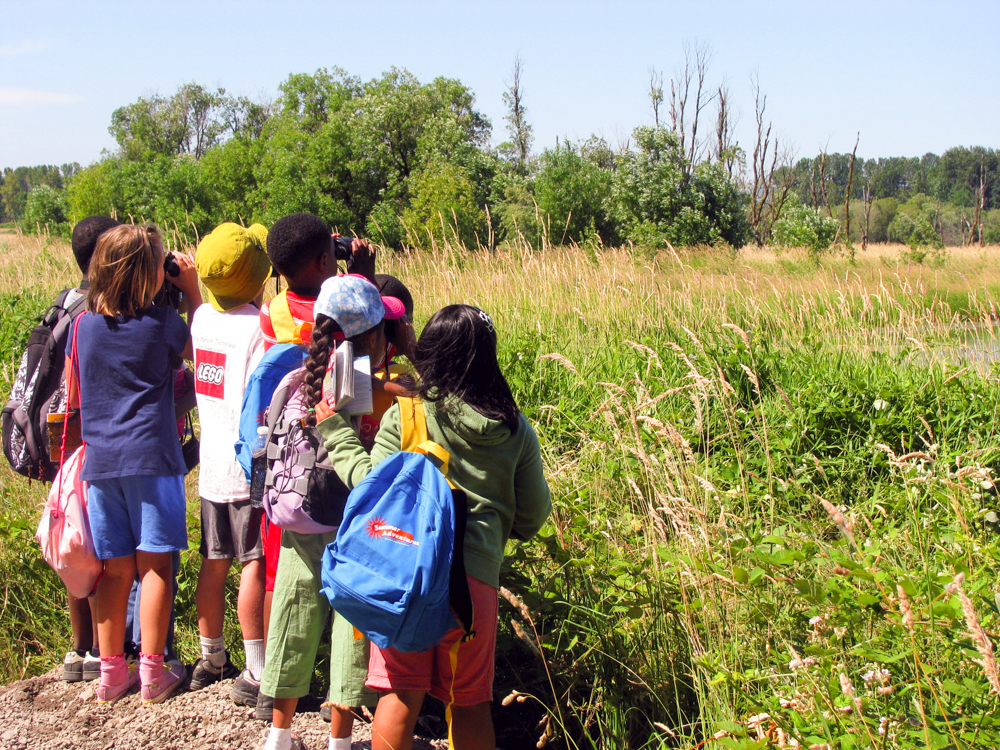
Always eager to try something new, I sought the guidance of experienced local bird watchers to get started. Phyllis Petrilli, Lakeshore Magazine Contributor and avid bird enthusiast, developed an interest in birds years ago by simply noticing the previously unseen inhabitants of her urban neighborhood. “When I started noticing birds I felt like I had developed bionic vision. Suddenly everything around me came into hyper- focus and I started to notice other everyday things I had been missing.” A simple walk through the neighborhood or a slower pace on the daily commute can reveal a thriving avian community within the urban landscape.
Brion Judge, a Chicagoan and bird enthusiast known to some as The Gentleman Birder, said, “I love finding rare and interesting birds around Chicago. The first bird that got me really excited was a Ross’s Goose, a relatively rare bird for the area. I remember it was the depth of winter and absolutely freezing out but I still wandered around Montrose for a couple hours to find it, then I stood there in the bitter cold for another couple hours just watching the bird…it was wonderful.”
Asked where they seek out birds and fellow birders, both Phyllis and Brion directed me to the Montrose Point Bird Sanctuary. “Montrose Point between Montrose Harbor and Beach is considered one of the best birding locations in the Midwest. More than 300 species of birds have been seen there and you can count on a few rarities to show up there every year,” said Phyllis.
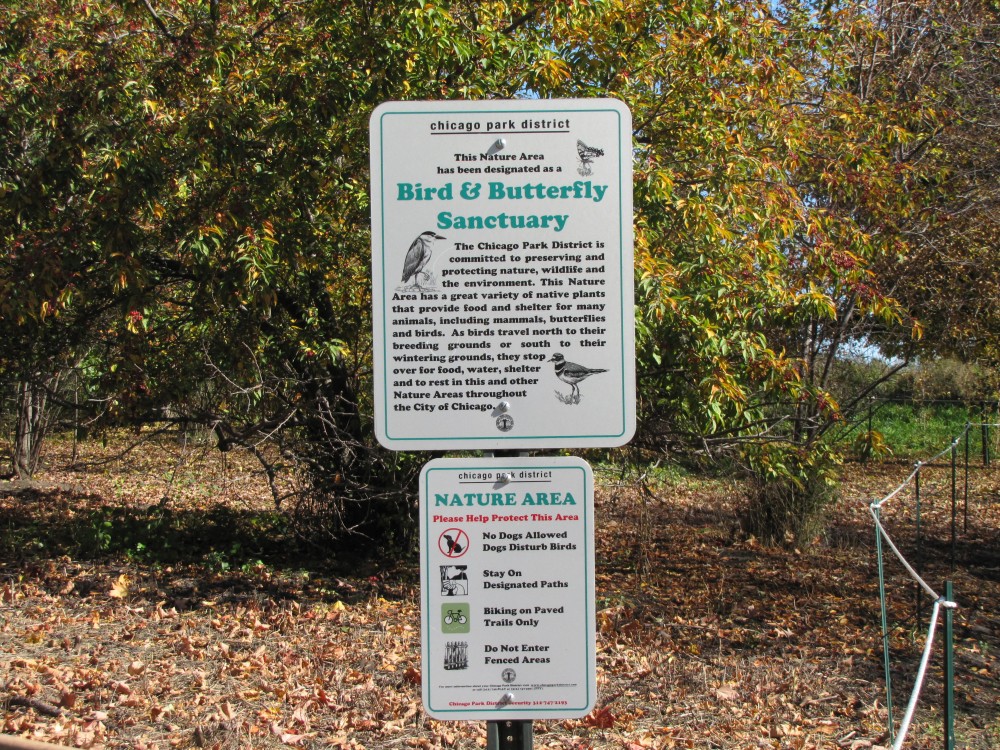
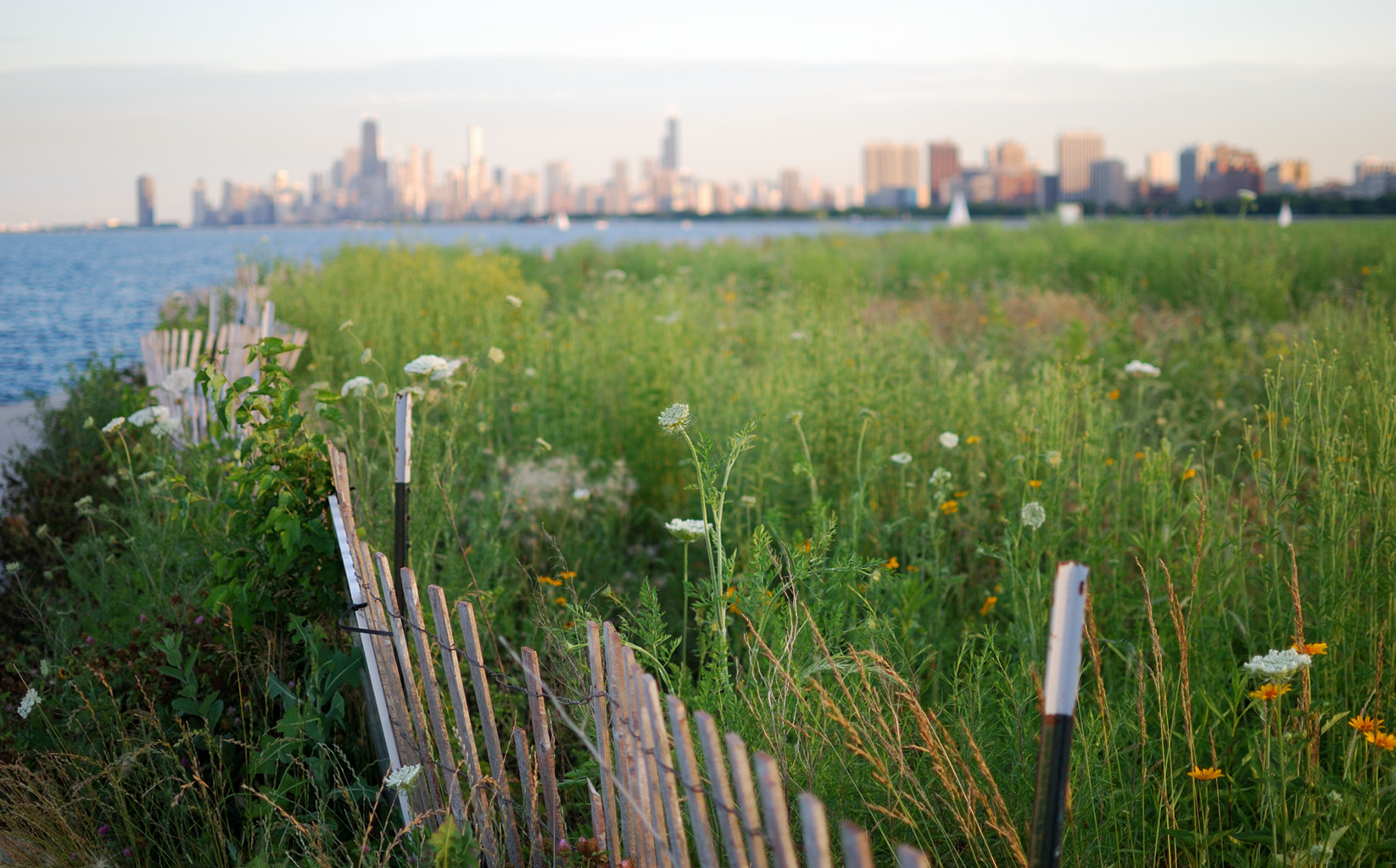
A trip to Montrose Point in the early spring revealed several types of migrating ducks, geese and rarer shorebirds. Numerous finches populate the still leafless trees and beach grasses. Warblers are common in the spring and we’re planning a return trip to seek out these colorful creatures. Gorgeous blue jays, cardinals, nuthatches, chickadees, and woodpeckers remain in the Great Lakes region throughout the year and are easy to spot in the early spring while branches are still mostly bare.
Getting to Montrose Point
Montrose Point Bird Sanctuary is easily reached by following Lake Shore Drive to the Montrose Exit. Travel east on Montrose staying to the right. Just past the bait shop, you’ll see a sign at the entrance to the sanctuary on the east side of the street. Street parking is available and there are plenty of spots to safely lock up a bicycle.
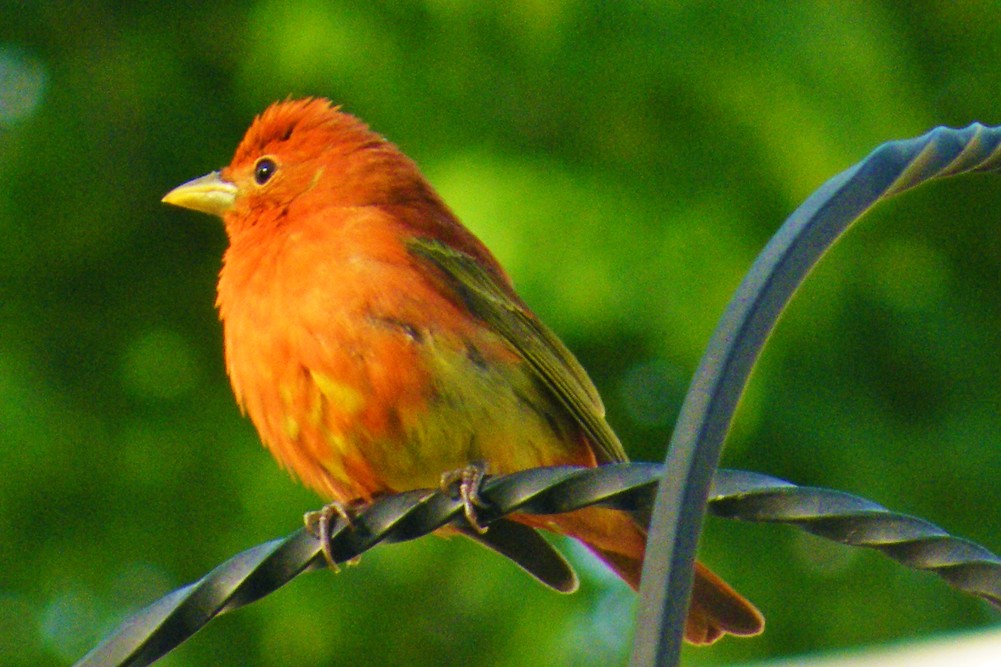
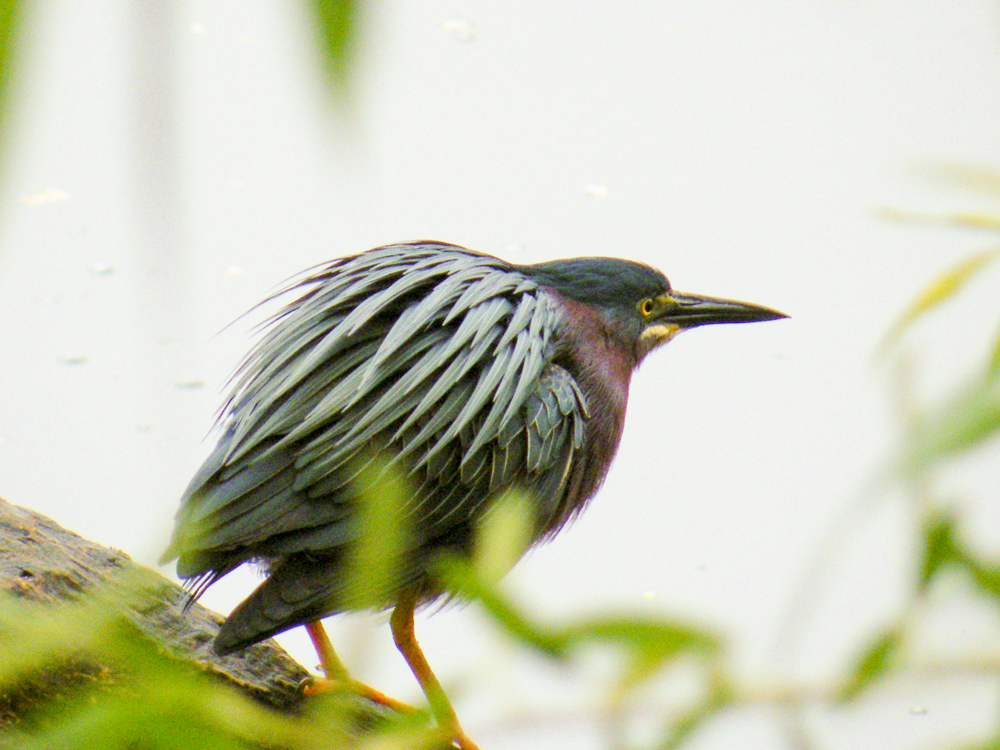
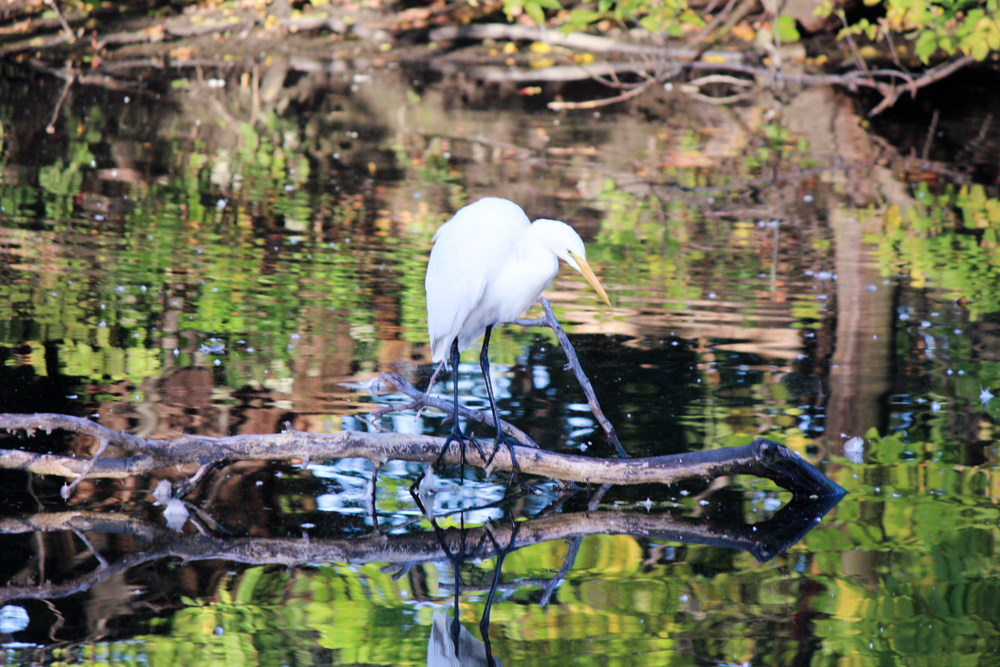
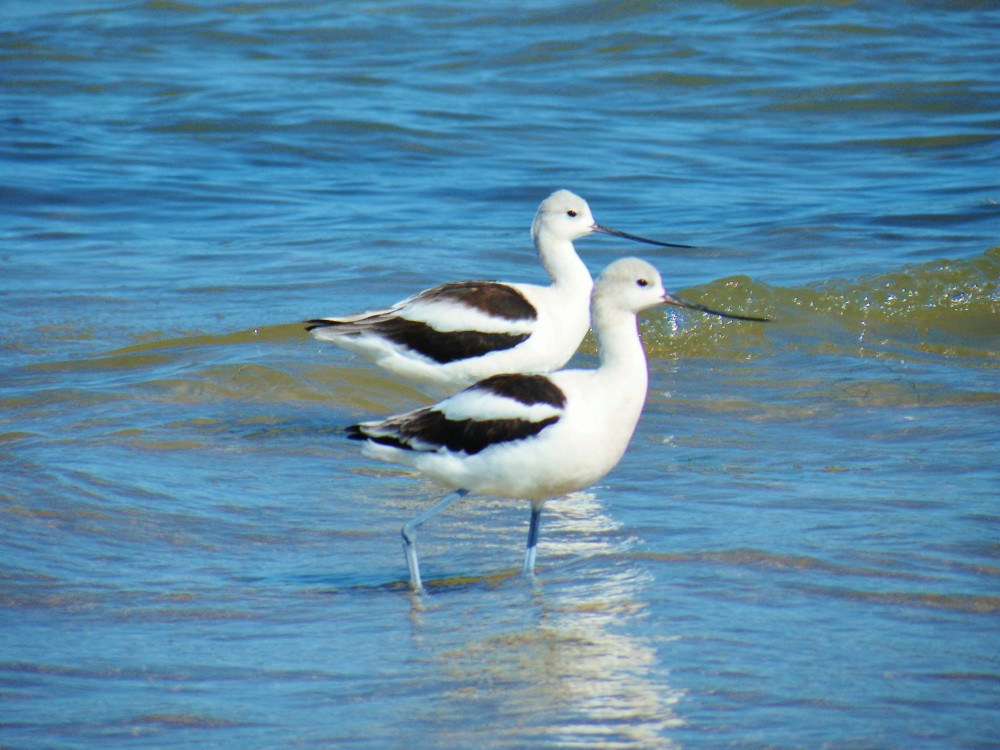
Tips for beginners
Bring binoculars. Birds are best viewed from a distance which allows the birds to feel safe and relatively un-stressed. If you had to fly thousands of miles in a few short weeks you’d want to be left alone too! An inexpensive pair of binoculars is a fine place to start. Look for a pair with 7 to 8x magnification
Dress in warm layers and wear sturdy, waterproof footwear. The best time to see migrating birds is, unfortunately, also mud season. Warm socks and rain boots are the key to an enjoyable experience. A jacket with deep pockets to hold your gear is a good investment.
Stay on the path to protect the habitat. It may be tempting to inch closer for a better look, but keeping to the path will help protect the habitat for the birds and other human visitors.
Be still and be curious. From Brion, “Sometimes the best strategy is to stand in one place and see what birds move around you, the longer you are still the less frightened birds will be and the closer they will come.” And listen. You’re likely to hear the birds before you see them so stay tuned. Phyllis tells us, “Woodpeckers are everywhere! They’re easy to find if you listen for the pecking sounds and their distinctive chirp.”If you see experienced birders in the area, easily identified by their large camera lenses and expensive-looking binoculars, don’t be afraid to ask questions. Birders are categorically friendly people who love to share their knowledge. For expert guidance,
Ask. If you see experienced birders in the area, easily identified by their large camera lenses and expensive-looking binoculars, don’t be afraid to ask questions. Birders are categorically friendly people who love to share their knowledge. For expert guidance, Chicago Ornithological Society and Chicago Audubon Society host guided bird walks throughout the Chicago area.
When you’re ready to get serious, it’s time to purchase a good field guide. Phyllis advises, “Get the Sibley Field Guide for North America. Don’t be tempted to go for the Eastern version only. You will see birds that have no business being in Chicago and you’ll need to know what to look for.” Good thing you’ve got that field jacket with deep pockets to hold your new book! As an alternative Brion recommends the Audubon Birds App.
In addition to the Montrose Point Sanctuary, many other Chicago-area locations offer excellent birding options in the spring. Brion recommends “North and South Pond in Lincoln Park, Wooded Island and Bobolink Meadow in Jackson Park, Fort Sheridan in Lake Forest, The Skokie Lagoons in Winnetka and Chicago Botanic Gardens in Glencoe. “
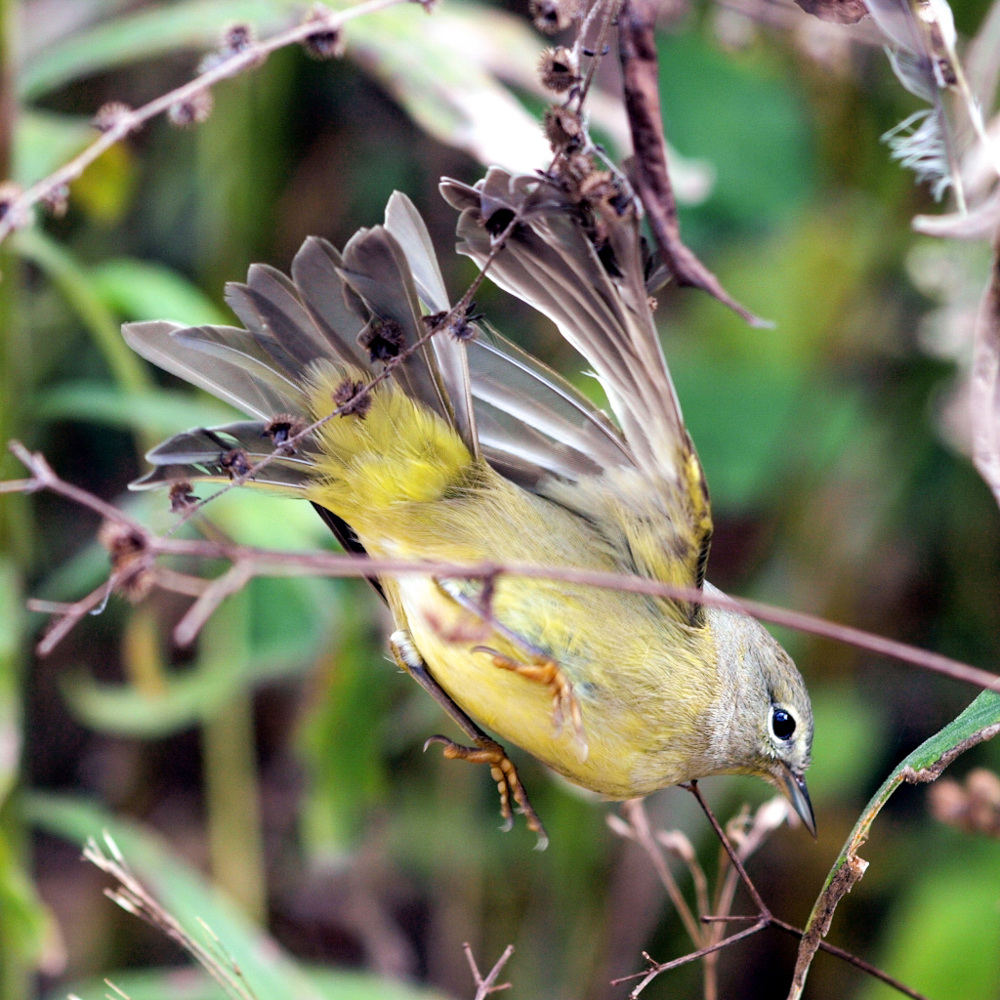
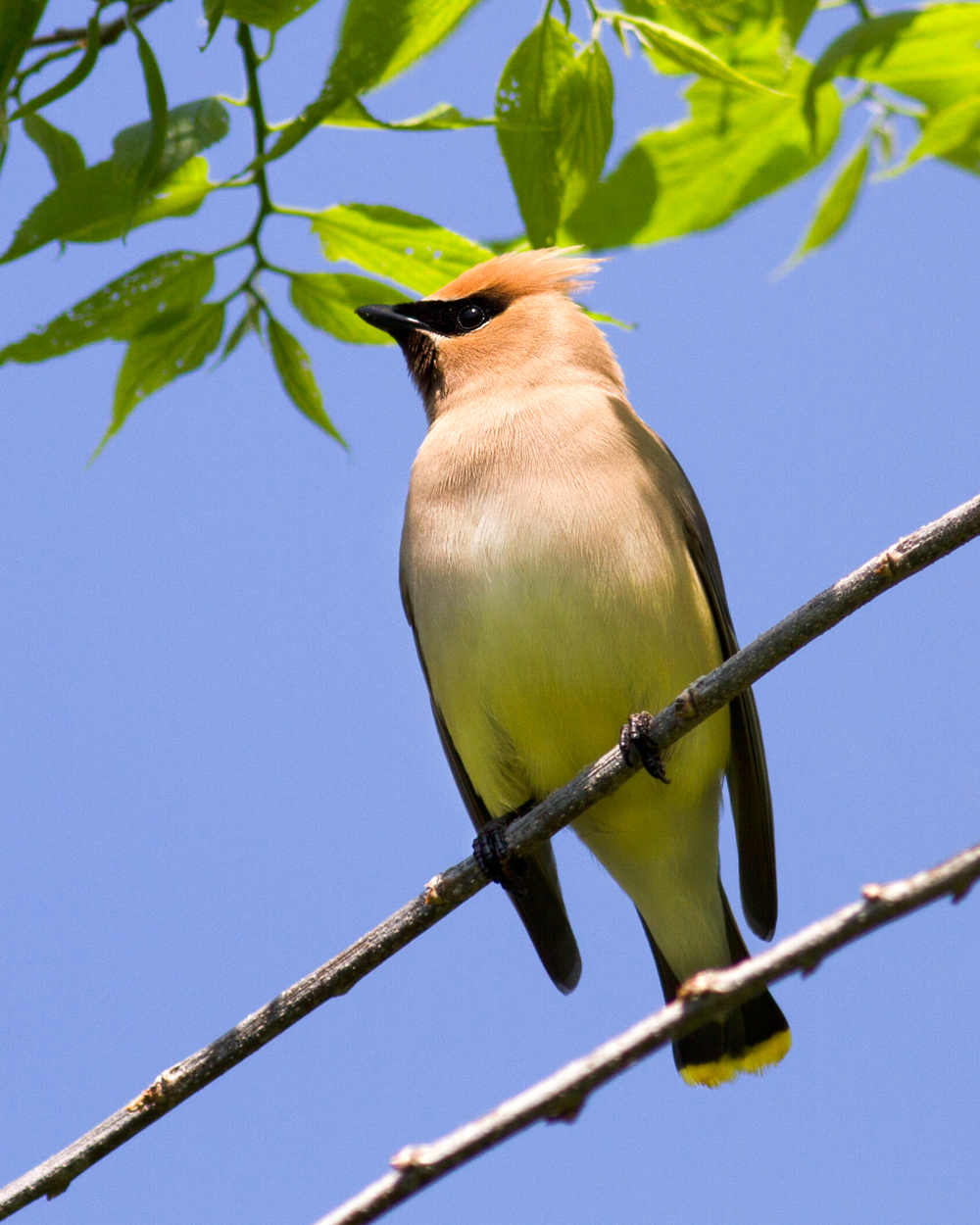
The entire Great Lakes region is a bird Mecca in the spring. A short distance from downtown Chicago the LaBagh Woods Forest Preserve attracts colorful varieties of warblers and songbirds in May. Indiana Dunes National Lakeshore is a bird watcher’s paradise with wooded trails bogs and sand dunes that attract a spectacular variety of birds during migration seasons. If you’re ready for more check out Warblers on the Water, a weekend-long event with guided birding field trips on Beaver Island, Michigan in late May.
The incredible variety of birds that make a short stopover in the urban environs of Chicago truly boggles the bird-lover’s mind. The street-smart pigeons share the city with colorful, at times exotic, travelers for a short time each spring. It’s really something to see. Getting started is easy. Just go for a walk and remember to look up.
In this story
Binoculars, Book, Boots, Barn Jacket also in Men’s


